How to Get Promoted At Work: The ASK Strategy
Let's Grow Leaders
AUGUST 26, 2015
Here are three specific allies you need to develop: Your Manager. If you follow Karin’s advice to go through an effective mentorship process , you are likely to develop a good relationship with a VIP at your company. Relationship development is a vital skill, especially as you move up through the management ranks.





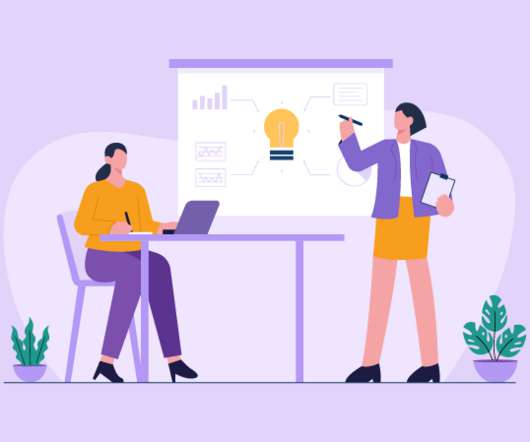
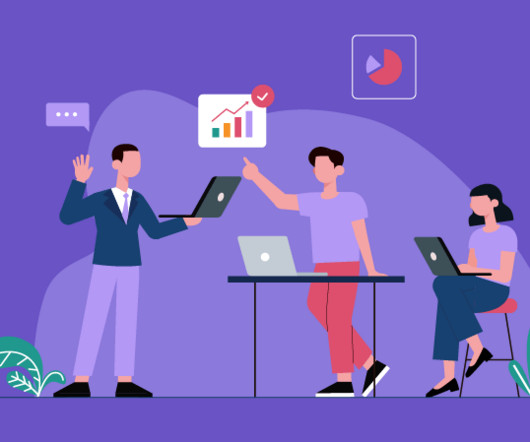



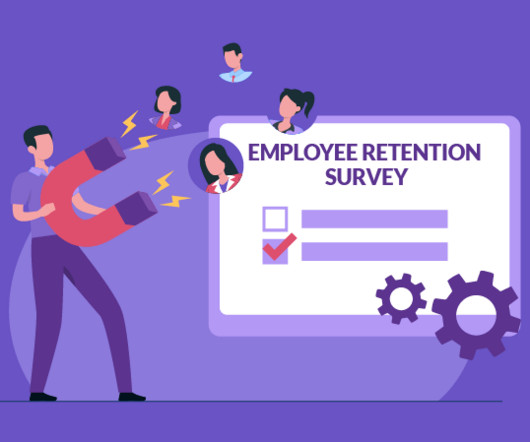
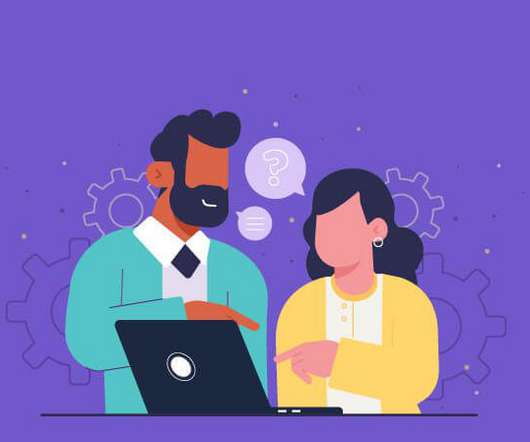
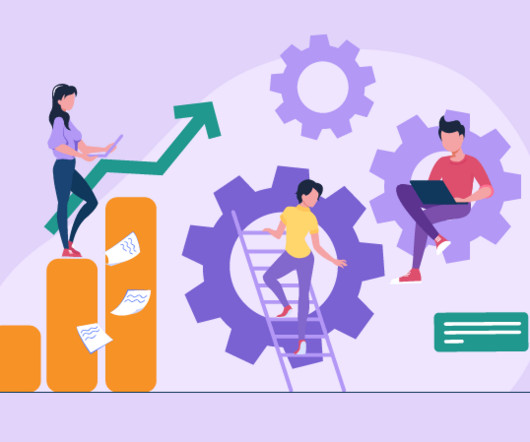








Let's personalize your content